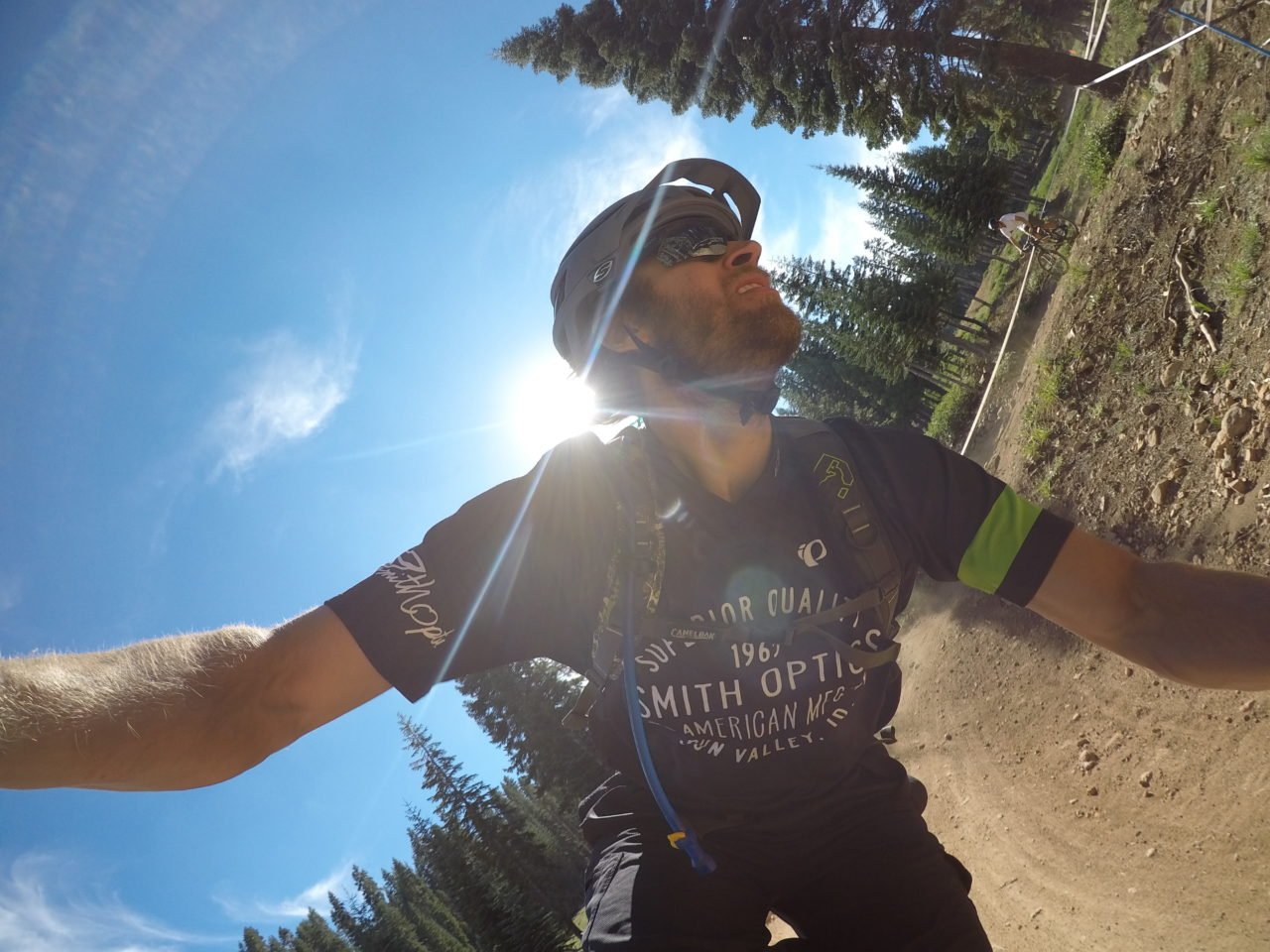Training Notes: American Freekier Cody Townsend
Will Ross, August 30, 2017

The antics of freeskiers in the world’s furthest backcountry, hurtling off drops and down cornices, doesn’t always look like the most sensible line of work. Several years ago, American skier Cody Townsend suspended disbelief when he disappeared from view for several seconds in Days of My Youth, slicing through a narrow chute in South-West Alaska. Emerging through the 6ft passage at its base still in one piece, Townsend demonstrated that yes, he is clearly trained for the job, coming away with the Powder Video Awards Line of the Year in 2014. When it comes to keeping in shape and being on top of his game, here are some of his approaches.
Where do you usually train?
In my backyard. Living in North Lake Tahoe means there is so much access to hiking, biking, climbing and tons of other outdoor activities.
How important is location for your training- access to terrain or facilities?
For me, it’s incredibly important. When training facilities, whether they’re outdoors or indoors are close by it becomes much easier and more habitual to train.
What does a typical week look like when you’re at your home base?
I can’t go a single day without some sort of physical activity. I generally rotate between biking or running three times a week with a few climbing sessions thrown in and three days in the gym.
What kind of training do you do when you’re short of time?
The gym is my last resort rapid training grounds. Lifting heavy stuff and explosive plyometrics are a quick way to get a heavy workout.
Do you mainly train alone or with other people or groups?
Most of my training is done alone. Compressing the day with normal life duties makes it sometimes hard to plan out group rides or training sessions.
How does your winter training differ from your summer training?
My winter is spent skiing with little to no training outside of stretching and yoga. Summer is where I spend time on cardio activities like running and biking and the Fall is when I start lifting weights more regularly to strengthen up before the long winter.

How has your training evolved in the course of your career?
As I get older, my training starts to involve more lower impact activities and more stretching. The impacts, injuries and stresses of skiing have forced me to evolve to activities that focus on flexibility and low impact training.
How important is nutrition for you?
Nutrition is so important because it’s your fuel source. If you owned a Ferrari you wouldn’t put 40 octane gas in it, so making sure your food is unprocessed, natural and nutritious is making sure your body is running optimally.
What are your nutrition secrets, recipes or snacks that everyone should think about using?
The main thing for me is staying away from processed food and focusing on a vegetable based diet that is extremely low in processed sugar. Cooking for yourself, staying away from sweets that aren’t fruit and healthy fats like avocado and salmon are my go to tricks for staying healthy.
What other parts of your work are important for your career, but aren’t specifically to do with training? What is important“behind-the-scenes” work?
For me, since my work is my passion, it’s easy to work on the behind the scenes work. Communication with sponsors, planning projects and social media work becomes easy simply because it helps me with my end goal which is to make a career out of having fun.
If you weren’t a professional athlete, what would you be doing?
I’d probably be a firefighter. Going into danger, high stress situations and on-your-feet thinking are traits of being a firefighter and shares some similarities with being a professional athlete.
Head to codytownsend.com to glance Cody’s updates.